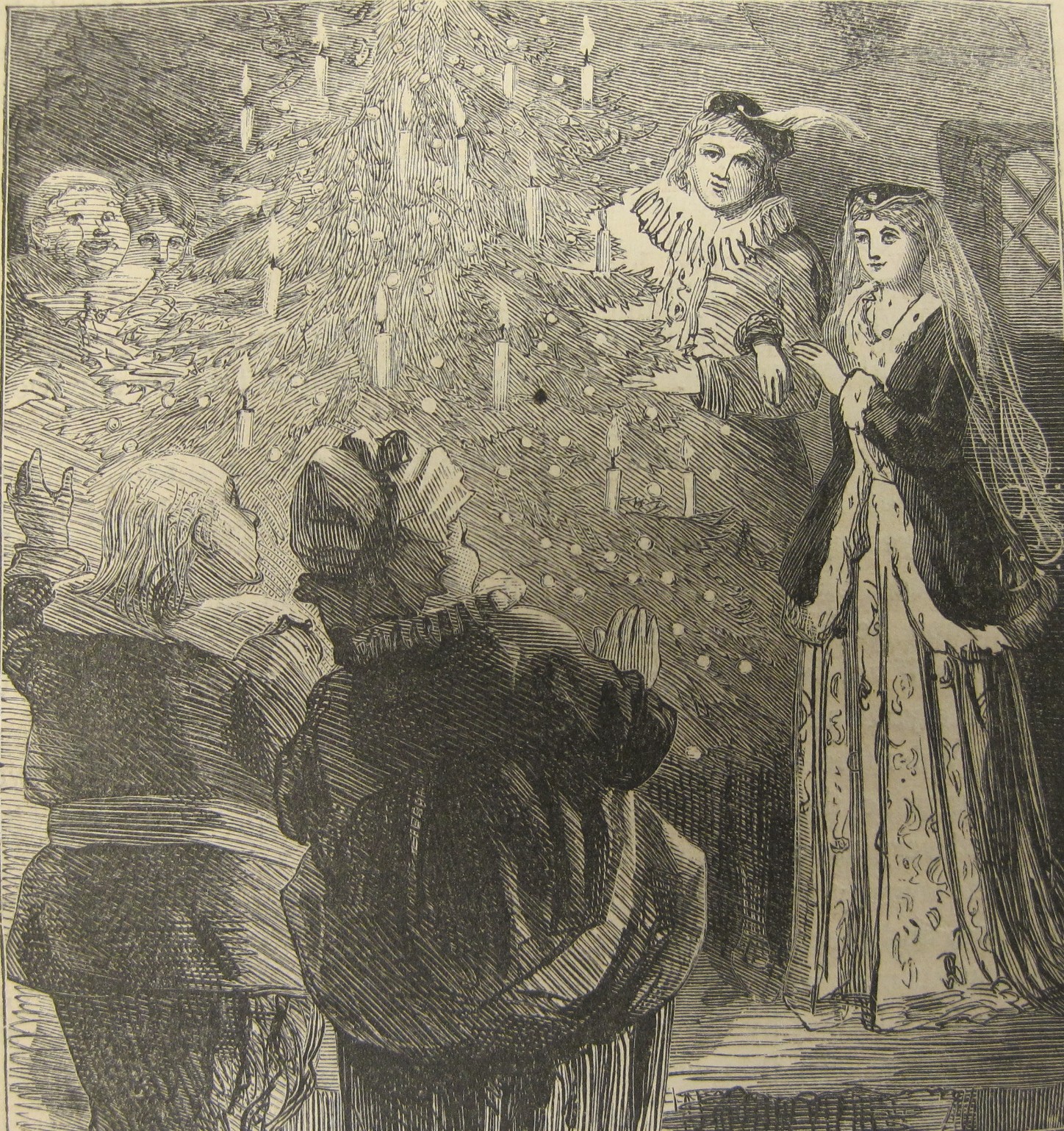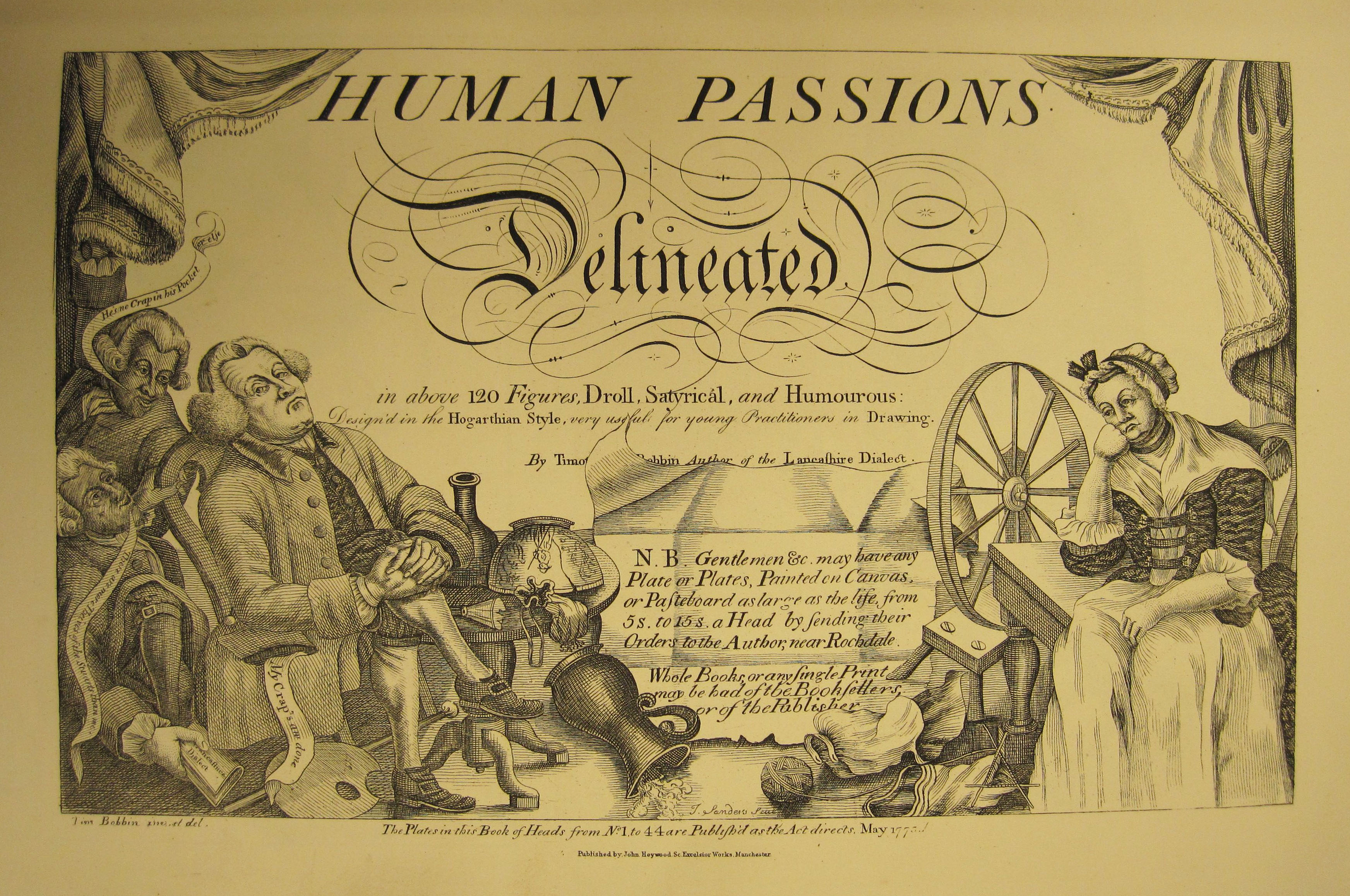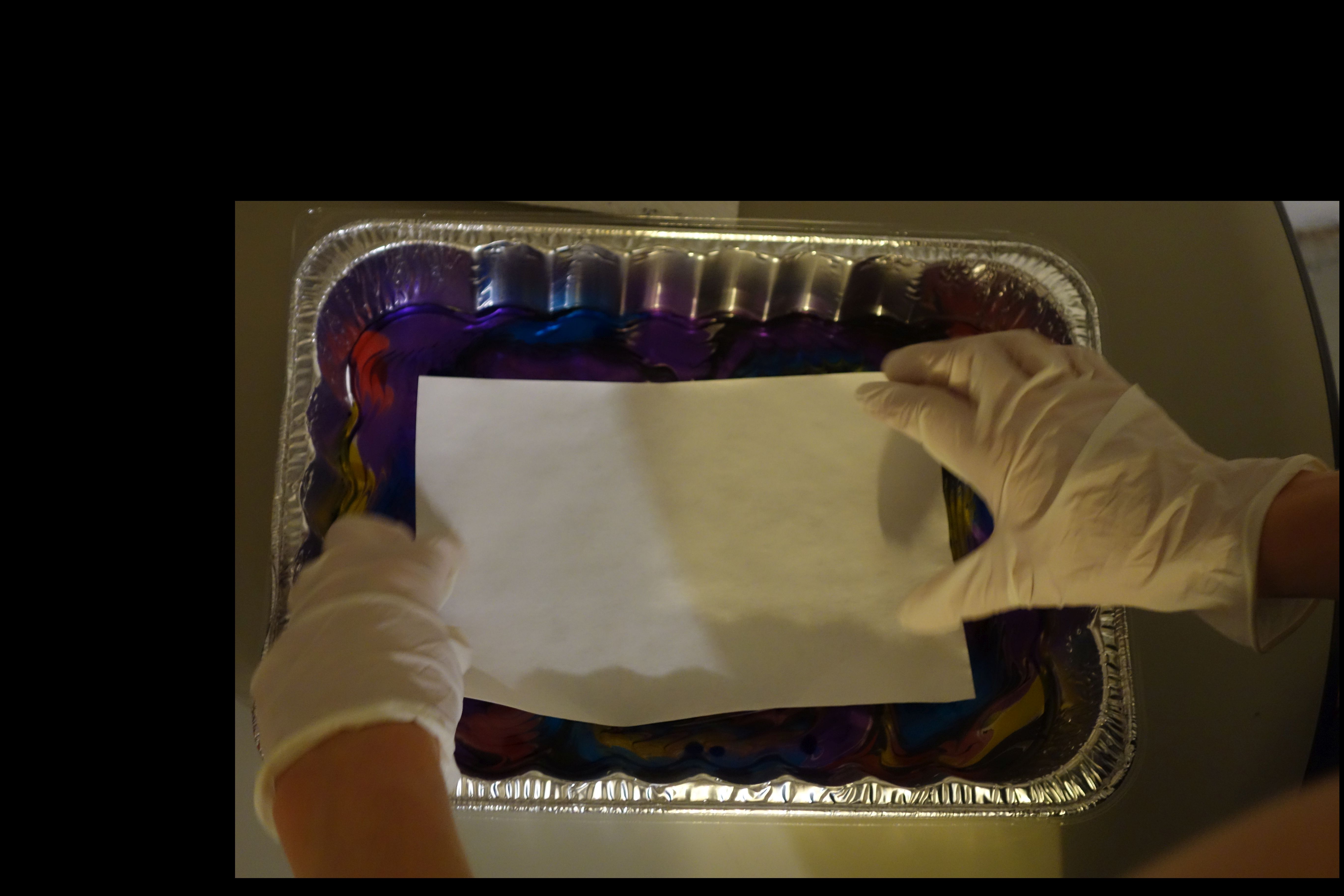SLU’s rare book collections contain a number of nineteenth- and twentieth-century Christmas works, from copies of Charles Dickens’ The Cricket on the Hearth, The Battle of Life, and A Christmas Carol to the whimsical depictions of Christmas tree decorating and beneficent Santas spread across the pages of Our Young Folks, an 1865-1873 Boston children’s periodical. However, Christmas publications produced before the nineteenth century (and thus before many of today’s most ubiquitous Christmas traditions became popular) are thinner on the ground. Those that we do have are solemn religious texts, such as The Christian Advent, or, Entertainments for that Holy Season (1759), a book of “moral reflections” and “pious thoughts and aspirations.” The dizzying leap in language, tone, and content from this book’s biblical commentary to Dickens’ well-known A Christmas Carol makes Christmas’s transformation from “holy day” to “holiday” almost palpable.

You can imagine my delight when I found an earlier work that acts as a bridge between these two books. Tucked away in the back of an unassuming little volume of psalms (not something that would make you look twice here at SLU) is a collection of seventeenth-century Christmas carols. The songs in Carrolls for the Severall Dayes of Christmass are a deeply religious celebration of the Christmas season, and, much like reflections in The Christian Advent, are structured by the Christian calendar. Ours is a partial and repetitive copy comprising only the first ten pages of the text (some of which appear twice – a binder’s blooper), but the carols we do have were written for Christmas, St. Stephen’s Day (December 26), and New Year’s Day. Everything from the book’s title (where an antiquated spelling draws attention to the “mass” at the heart of “Christmas”) to an emphasis on the religious roots of now secular holidays (such as Jesus’s circumcision on New Year’s Day) speaks of the author’s focus on the Christian origin of Christmas.
Yet while these carols, like The Christian Advent, are wedded to the Christian calendar, the form they take (like A Christmas Carol) is much more palatable to Christian and secular celebrants alike. Through poetry, the author grapples with unfathomable aspects of his faith, and the result is beautiful, wondering verse. Take this example from the first song, a celebration of the nativity (and the bewildering confluence of God and peasant child):
Now infinite hight is low
And infinite depth is shallow,
The greatest length is short,
The greatest largeness narrow;
Eternity by time
Is measur’d and clos’d up;
Immensity confin’d
And in a stable shut.
Some rhymes may seem jarring to the modern ear, but this might be excused by quirks in the pronunciation of seventeenth-century British dialects and the fact that these verses were meant to be presented fluidly through music. While Carrolls for the Severall Dayes of Christmass contains no sheet music, each song was written to the tune of a song well-known at the time. Three of the songs in SLU’s copy, in fact, were to be sung “To the tune of Neen Major Neale” (also known as “Ingean Major Neale,” or “Major Neale’s Daughter”), a popular Irish melody, while the other three were written to an English tune, “I do not Love cause thou art faire.” The author’s assumption that his readers would recognize these tunes indicates how popular they were, and serves as a reminder of the orality of popular culture at the time.
Although both the melodies and the lyrics of these carols have fallen out of common knowledge, their history is well preserved. They first appeared in A Pious Garland, a collection of Christian songs and poems composed by Luke Wadding, Bishop of Ferns, in 1684. The book was reprinted in various forms between 1684 and 1731. Our copy, a reprint of only the Christmas tunes, is undated, but, as the imprint indicates that it was printed “by William Weston Printer and Stationer to the Kings Most Excellent Majesty of Great Britain at St. Germain en Lay,” it was likely published between 1688 and 1701, when James II was in exile in France.
Some songs penned by Bishop Wadding in the late seventeenth century are still sung throughout Britain today, but it is the Kilmore Parish of County Wexford, Ireland that has truly kept the music alive. Thus, these songs are often referred to as either the Kilmore Carols or the Wexford Carols.
Last year, Irish singer Caitriona O’Leary drew international attention to the Wexford Carols with the release of a Christmas album of that name. In the album, O’Leary revives Wadding’s carols (along with songs written by William Devereux in the early eighteenth century), by setting them either to their original tunes or to common folk tunes of the time. You can learn more about O’Leary’s project – “musical paleontology,” in the words of Eric Fraad of Heresy Records – from the video below. The beginning features O’Leary’s rendition of the first song in Carrolls for the Severall Dayes of Christmass (and the first song in her album), “An Angel This Night.”

Wadding’s music, come alive off the page after more than three hundred years, speaks for itself, and SLU’s fragment of the carols has been tucked back on the shelf, snug in its residence among the psalms. Reverent, hauntingly poetic, and lovingly wrapped in beautifully marbled paper: what a fitting Christmas gift from SLU’s collection to you.

 by
by 






